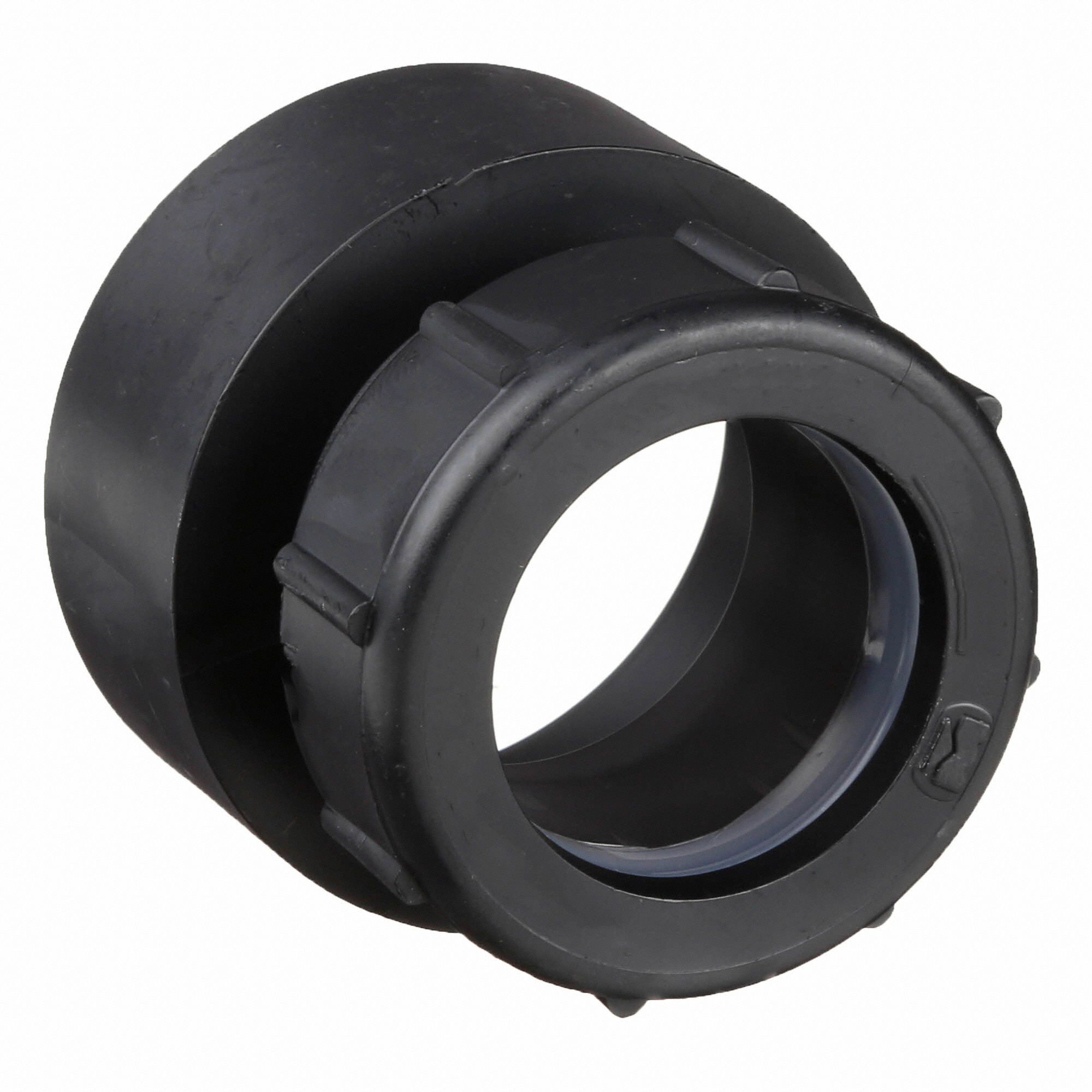

Articles
What Is A Trap Adapter
Modified: August 31, 2024
Discover the role of trap adapters in plumbing systems with this informative article. Learn how these essential components ensure seamless connections between different pipe sizes and types.
(Many of the links in this article redirect to a specific reviewed product. Your purchase of these products through affiliate links helps to generate commission for Storables.com, at no extra cost. Learn more)
Introduction
A trap adapter is an essential plumbing component that plays a crucial role in connecting different piping systems. Whether you are working on a residential renovation project or a commercial construction job, understanding the purpose and functionality of a trap adapter is essential.
In this article, we will explore the definition, types, installation process, common uses, benefits, and potential issues associated with trap adapters. By the end, you will have a comprehensive understanding of this important plumbing tool.
So, let’s dive in and uncover the world of trap adapters!
Key Takeaways:
- Trap adapters are essential for plumbing, providing secure connections, preventing sewer gas escape, and accommodating different pipe sizes. Their versatility and ease of installation make them indispensable in residential and commercial projects.
- While trap adapters offer numerous benefits, potential issues such as compatibility concerns and installation errors need to be addressed. Regular maintenance and adherence to plumbing codes are crucial for optimal performance.
Read more: What Is A Trap In Plumbing
Definition of a Trap Adapter
A trap adapter is a plumbing fitting that serves as a connection between a P-trap and a drainage pipe. It acts as a bridging component, ensuring a secure and leak-free connection between two incompatible sizes or types of pipes.
Trap adapters are typically made of durable materials such as PVC, ABS, or brass. They are available in various shapes and sizes to accommodate different pipe sizes and configurations.
The basic design of a trap adapter consists of a female threaded end that connects to the P-trap, and a male threaded end or slip joint end that attaches to the drainage pipe.
It is important to note that trap adapters are specifically designed for use with P-traps, which are U-shaped pipe sections commonly found under sinks, bathtubs, and showers. The trap adapter allows for a smooth transition from the P-trap to the drainage pipe, ensuring proper drainage and preventing the escape of sewer gases.
Overall, a trap adapter acts as a vital intermediary in the plumbing system, facilitating the connection between different pipe sizes or types and ensuring the efficient and safe flow of wastewater.
Purpose of a Trap Adapter
The primary purpose of a trap adapter is to provide a secure and reliable connection between a P-trap and a drainage pipe. It serves as a crucial component in the plumbing system, ensuring proper wastewater flow and preventing the entry of sewer gases into the living or working spaces.
One of the main functions of a trap adapter is to accommodate different pipe sizes and configurations. In plumbing systems, it is common to encounter situations where the pipe coming from the P-trap is a different size or type than the connecting drainage pipe. This is where the trap adapter comes into play, enabling a seamless transition between the two pipes.
By allowing for a compatible connection between the P-trap and the drainage pipe, a trap adapter ensures that wastewater can effectively exit the fixtures and flow through the plumbing system without any hindrance or blockage. This helps to prevent clogs, backups, and potential damage to the plumbing infrastructure.
Additionally, a trap adapter acts as a barrier against sewer gases. The U-shaped design of the P-trap creates a water seal that traps a small amount of water, preventing sewer gases from entering the living or working spaces. The trap adapter helps to maintain the integrity of this seal by securely connecting the P-trap to the drainage pipe, ensuring that no foul odors or harmful gases escape.
Furthermore, trap adapters are designed to be durable and long-lasting. They are made from high-quality materials that are resistant to corrosion, wear, and chemical damage. This ensures the longevity of the plumbing system and reduces the need for frequent repairs or replacements.
In summary, the purpose of a trap adapter is to facilitate a proper connection between a P-trap and a drainage pipe, accommodating different pipe sizes and types, maintaining a water seal to prevent the entry of sewer gases, and ensuring the efficient flow of wastewater in the plumbing system.
Types of Trap Adapters
Trap adapters come in various types and designs to suit different plumbing needs. The specific type of trap adapter you require will depend on the configuration of your plumbing system and the types of pipes you are connecting. Here are some common types of trap adapters:
- Male Trap Adapter: A male trap adapter has a male threaded end that connects to the P-trap and a slip joint or female threaded end that connects to the drainage pipe. This type of trap adapter is commonly used when the P-trap has a female connection and the drainage pipe has a male connection.
- Female Trap Adapter: In contrast to the male trap adapter, a female trap adapter has a female threaded end that connects to the P-trap and a slip joint or male threaded end that connects to the drainage pipe. It is used when the P-trap has a male connection and the drainage pipe has a female connection.
- Reducing Trap Adapter: A reducing trap adapter is used when the size of the drainage pipe is larger or smaller than the size of the P-trap. It allows for a seamless connection between pipes of different sizes, ensuring proper flow and compatibility.
- Flexible Trap Adapter: Sometimes, the plumbing system may require flexibility to accommodate uneven or misaligned pipes. In such cases, a flexible trap adapter, often made of rubber or flexible PVC, is used. This type of adapter can be bent or flexed to fit the specific requirements of the plumbing system.
- Offset Trap Adapter: An offset trap adapter is utilized when there is a need to offset the position of the P-trap from the drainage pipe. This can be helpful in situations where space constraints or other plumbing configurations make it difficult to have a direct connection between the P-trap and the drainage pipe.
It’s important to consult with a professional plumber or refer to plumbing codes and regulations to determine the appropriate type of trap adapter for your specific plumbing needs. Using the right type of adapter ensures a secure and leak-free connection, promoting the longevity and efficiency of your plumbing system.
Installation Process of a Trap Adapter
The installation process of a trap adapter may vary depending on the specific type of adapter and the plumbing configuration. However, the following steps provide a general guideline for installing a trap adapter:
- Prepare the area: Before beginning the installation, turn off the water supply to the plumbing fixture and ensure the area is clear of any obstructions.
- Measure and cut: Measure the length of the pipe coming from the P-trap and the drainage pipe to determine the necessary length of the trap adapter. Use a pipe cutter or a hacksaw to cut the pipes to the appropriate sizes.
- Clean the pipes: Use a pipe cleaner or sandpaper to clean the ends of the pipes that will be connected to the trap adapter. This helps to remove any debris, dirt, or old adhesive, ensuring a proper and secure connection.
- Apply adhesive: Depending on the type of trap adapter and pipes being used, apply a suitable adhesive or plumber’s tape to the threaded ends of the trap adapter and the pipes. Follow the manufacturer’s instructions for the adhesive application.
- Attach the trap adapter: Insert the threaded end of the trap adapter into the corresponding end of the P-trap. Hand tighten the connection, ensuring a secure fit. If using a slip joint connection, slide the slip joint end of the trap adapter onto the drainage pipe and secure it using the appropriate coupling or nut.
- Tighten the connections: Using a pipe wrench or adjustable pliers, carefully tighten the connections between the trap adapter, P-trap, and drainage pipe. Be cautious not to overtighten, as this can damage the pipes or cause leaks.
- Check for leaks: Once the trap adapter is securely installed, turn on the water supply and observe for any signs of leaks. If any leaks are detected, tighten the connections further or reapply the adhesive as necessary.
- Test the system: To ensure proper functionality, run water through the plumbing fixture connected to the trap adapter. Check for proper drainage and make sure the P-trap fills with water, creating a seal against sewer gases.
It is crucial to follow manufacturer guidelines, plumbing codes, and the expertise of a professional plumber when installing trap adapters. They can provide specific instructions based on your plumbing system and ensure a safe and reliable installation.
When installing a trap under a sink, use a trap adapter to connect the trap to the drain pipe. This fitting allows for a secure and watertight connection between different pipe sizes.
Read more: What Is P Trap In Plumbing
Common Uses of Trap Adapters
Trap adapters are versatile plumbing fittings that find various applications in both residential and commercial settings. Here are some common uses of trap adapters:
- Sink and bathroom installations: Trap adapters are commonly used when connecting sinks, basins, and other bathroom fixtures to the plumbing system. They provide a secure connection between the P-trap and the drainage pipe, ensuring efficient wastewater flow and preventing the escape of sewer gases.
- Kitchen plumbing: When installing kitchen sinks or connecting appliances such as dishwashers or garbage disposals, trap adapters are necessary for proper drainage. They allow for a smooth connection between the P-trap and the drainage pipe, ensuring that food particles and other waste materials are effectively carried away.
- Laundry room plumbing: In laundry rooms, trap adapters are used to connect washing machine drains to the plumbing system. They help to divert wastewater from the washing machine into the drainage pipe, ensuring the proper disposal of laundry detergent and other contaminants.
- Bathroom renovations: During bathroom renovations, trap adapters are often required to adapt to new plumbing configurations. Whether it’s changing the sink or relocating the bathtub, trap adapters ensure a seamless connection between the existing trap and the updated drainage system.
- Commercial plumbing projects: Trap adapters are extensively used in commercial spaces such as restaurants, hotels, and offices. They enable the installation of multiple sinks, hand basins, and other fixtures, ensuring proper drainage and compliance with plumbing codes.
Trap adapters can be used in a variety of other plumbing applications as well. Their flexibility, ease of installation, and ability to accommodate different pipe sizes and configurations make them an indispensable part of any plumbing project.
It is important to consult with a plumbing professional or refer to local plumbing codes and regulations to determine the specific trap adapter requirements for your particular plumbing needs.
Benefits of Using a Trap Adapter
The use of trap adapters in plumbing systems offers several benefits that contribute to the efficiency, functionality, and longevity of the overall system. Here are some key benefits of using a trap adapter:
- Secure and leak-free connections: Trap adapters provide a secure and reliable connection between the P-trap and the drainage pipe. The threaded or slip joint ends ensure a tight and sealed fit, minimizing the risk of leaks and water damage.
- Compatibility with different pipe sizes: One of the primary advantages of trap adapters is their ability to accommodate different pipe sizes and configurations. Regardless of the size or type of pipes you are connecting, trap adapters make it possible to bridge the gap and establish a compatible connection.
- Facilitates proper drainage: Trap adapters ensure smooth and efficient wastewater flow by connecting the P-trap to the drainage pipe. This helps to prevent clogs, backups, and stagnant water, ensuring that wastewater is effectively carried away from fixtures.
- Prevents sewer gas escape: By making a secure connection between the P-trap and the drainage pipe, trap adapters help maintain the water seal in the P-trap. This prevents the entry of foul odors and harmful sewer gases into living or working spaces.
- Easy installation process: Installing a trap adapter is a relatively straightforward process. With basic plumbing knowledge, homeowners or professionals can easily connect the P-trap and drainage pipe using the appropriate trap adapter. This saves time and effort in plumbing installations and repairs.
- Long-lasting durability: Trap adapters are typically made from durable materials such as PVC, ABS, or brass. These materials are resistant to corrosion, wear, and chemical damage, ensuring the longevity and reliability of the plumbing system.
Overall, using a trap adapter provides peace of mind, knowing that your plumbing connections are secure, compatible, and promote efficient drainage. Whether it’s for residential or commercial plumbing applications, the benefits of trap adapters make them an essential component in any plumbing project.
Potential Issues with Trap Adapters
While trap adapters are versatile and essential plumbing components, they can sometimes present certain issues that need to be addressed. Here are some potential issues that can arise with trap adapters:
- Compatibility concerns: It is important to ensure that the trap adapter is compatible with the specific pipe sizes and types being used. Failure to use the correct trap adapter can result in improper connections, leaks, or difficulty in installation.
- Installation errors: Improper installation of trap adapters can lead to leaks or loose connections. It is crucial to follow manufacturer instructions and plumbing codes, ensuring that the trap adapter is securely and tightly fitted to the P-trap and drainage pipe.
- Leakage: Over time, the threaded connections on trap adapters can develop leaks due to wear and tear or inadequate tightening. Regular inspection and maintenance of the trap adapter connections can help identify and resolve any leaks promptly.
- Blockages: Trap adapters can accumulate debris, hair, grease, and other materials that can cause blockages and hinder proper drainage. Regular cleaning and maintenance of the trap adapter and P-trap are necessary to prevent clogs and maintain the efficiency of the plumbing system.
- Chemical compatibility: Some trap adapters may not be compatible with certain chemicals or harsh cleaning agents. It is important to choose a trap adapter material that is resistant to chemical damage and ensure that any cleaning agents used will not deteriorate or damage the trap adapter connections.
- Inadequate ventilation: The design and placement of trap adapters can impact the air circulation and ventilation in the plumbing system. Lack of proper ventilation can lead to slow drainage, gurgling sounds, or foul odors. In such cases, it may be necessary to reconfigure the trap adapter or consult with a plumber to address the ventilation issue.
It is crucial to address these potential issues with trap adapters promptly to prevent further damage to the plumbing system. Regular maintenance, proper installation, and adherence to plumbing codes can help mitigate these issues and ensure the optimal performance of trap adapters in your plumbing system.
Conclusion
Trap adapters play a vital role in plumbing systems, enabling seamless connections between P-traps and drainage pipes. They provide secure and leak-free connections while facilitating proper drainage and preventing the escape of sewer gases. With various types and sizes available, trap adapters are versatile and can accommodate different plumbing configurations.
Installing a trap adapter is an essential part of plumbing projects, whether it’s for residential renovations or commercial construction. The installation process is relatively simple, and trap adapters offer the convenience of connecting pipes of different sizes and types.
While using trap adapters offers numerous benefits, it is important to be aware of potential issues that may arise. Ensuring compatibility, proper installation, regular maintenance, and addressing any blockages or leaks promptly are key to maintaining the effectiveness of trap adapters in plumbing systems.
In conclusion, trap adapters are essential components in the plumbing industry, providing the necessary connections and ensuring efficient and reliable drainage. By understanding their purpose, types, installation process, common uses, benefits, and potential issues, you can make informed decisions when working with trap adapters in your plumbing projects. By utilizing trap adapters correctly, you can achieve a well-functioning and reliable plumbing system that will serve you effectively for years to come.
Curious about maintaining your home's plumbing system beyond just knowing about trap adapters? Our next piece sheds light on recognizing signs that your pipes might need a professional's touch. Spotting these indicators early can save you from bigger issues down the line. So if you're wondering whether those creaks and leaks are normal or a cry for help, our guide on plumbing repair will clear up any confusion.
Frequently Asked Questions about What Is A Trap Adapter
Was this page helpful?
At Storables.com, we guarantee accurate and reliable information. Our content, validated by Expert Board Contributors, is crafted following stringent Editorial Policies. We're committed to providing you with well-researched, expert-backed insights for all your informational needs.
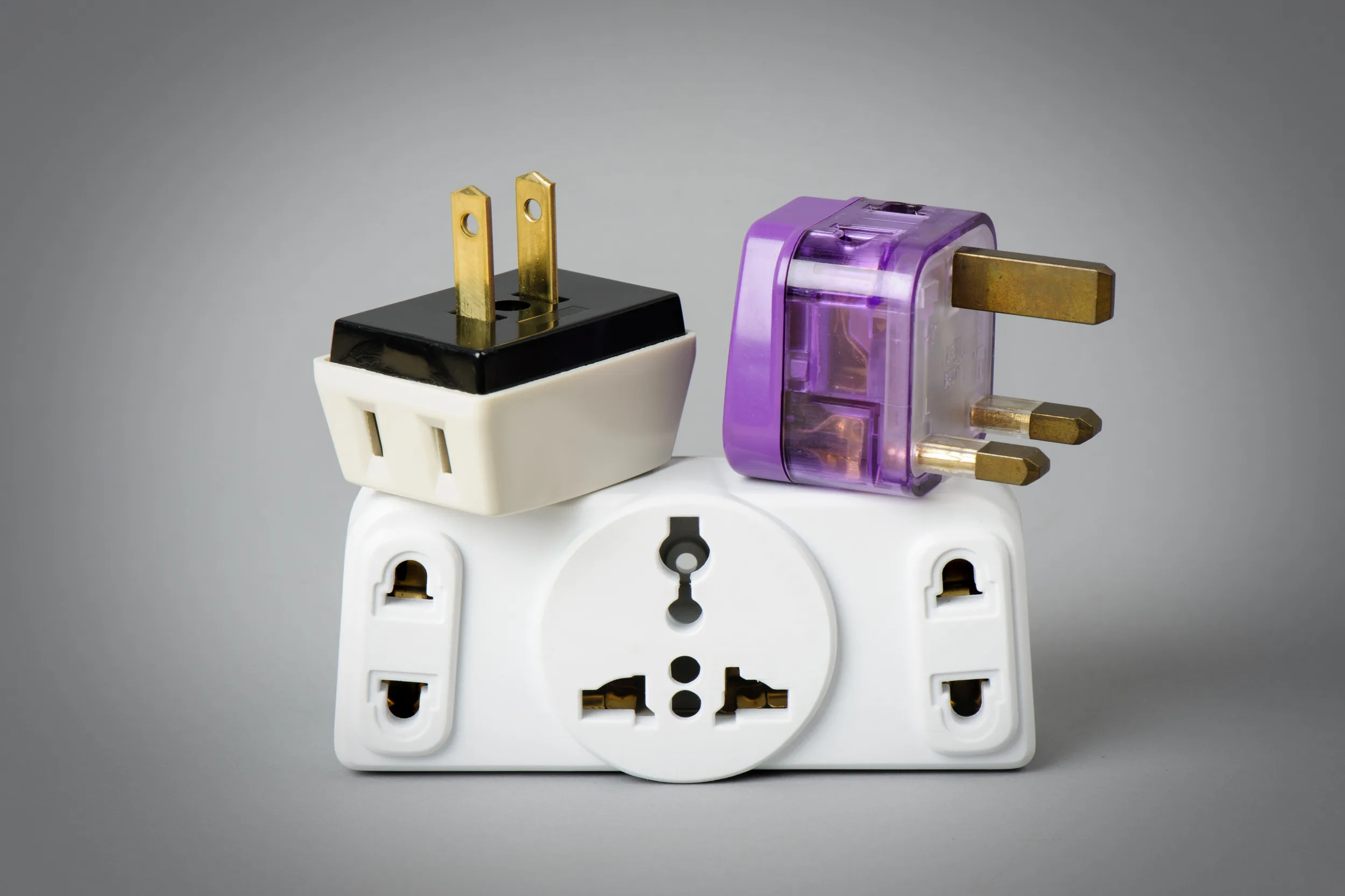
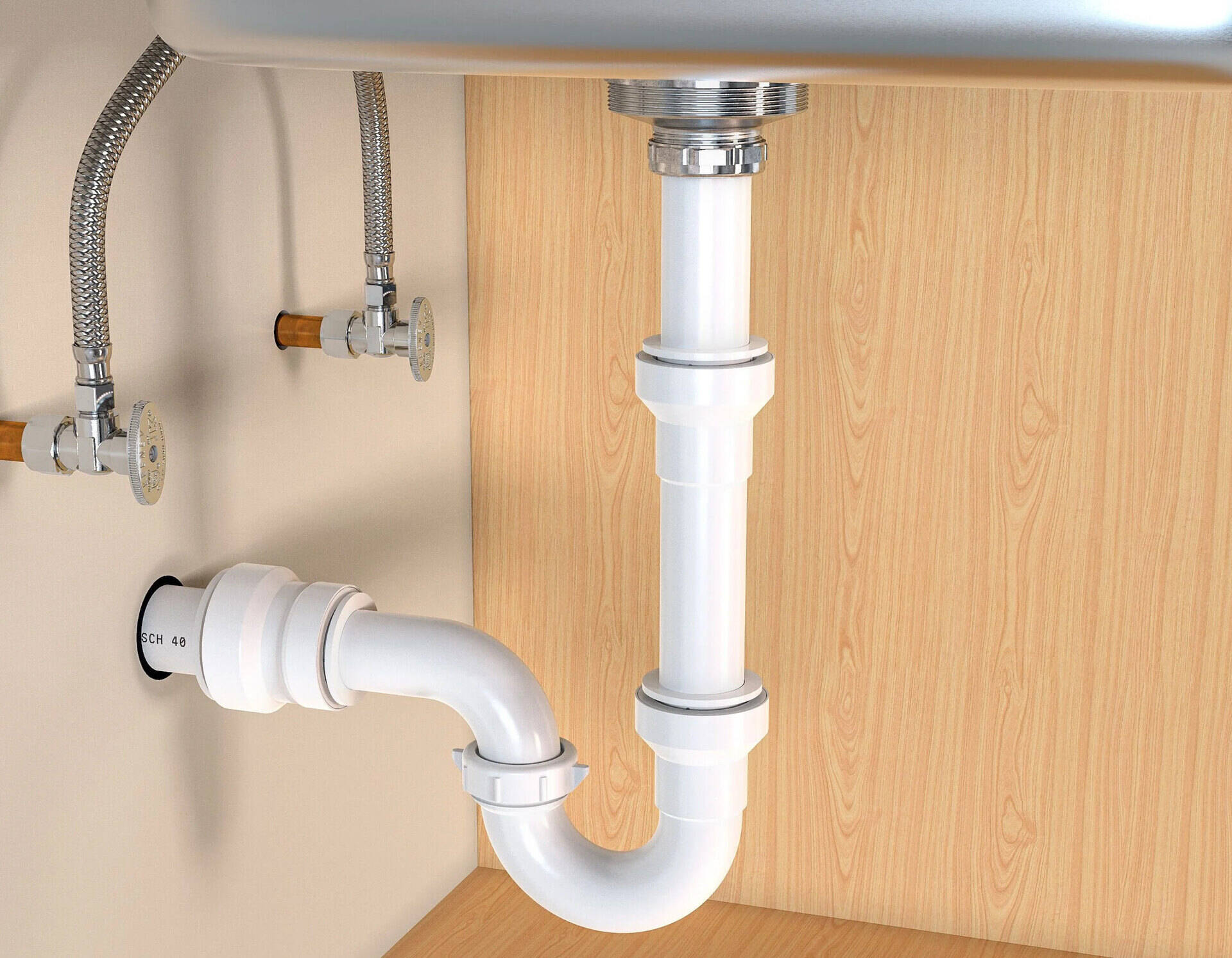
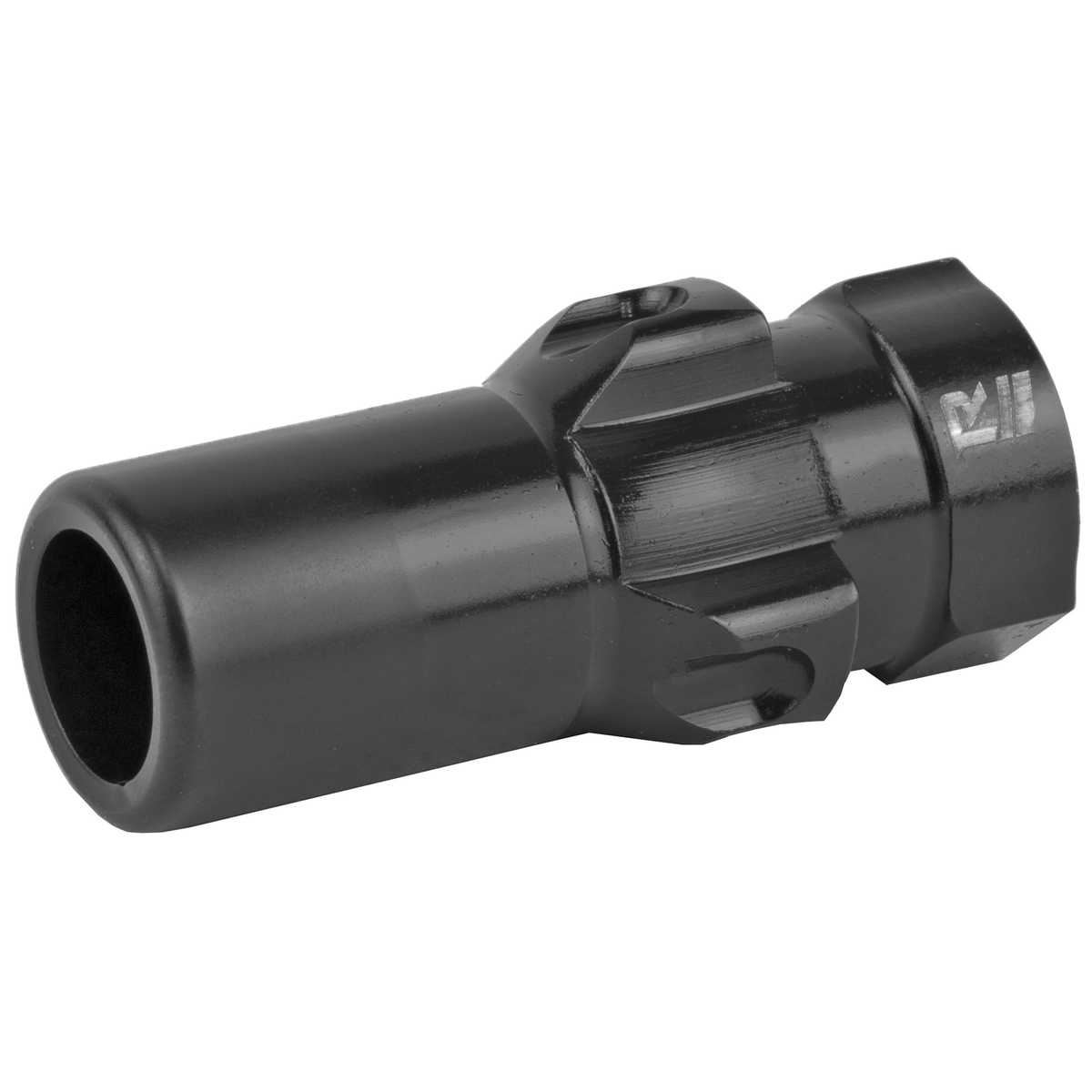
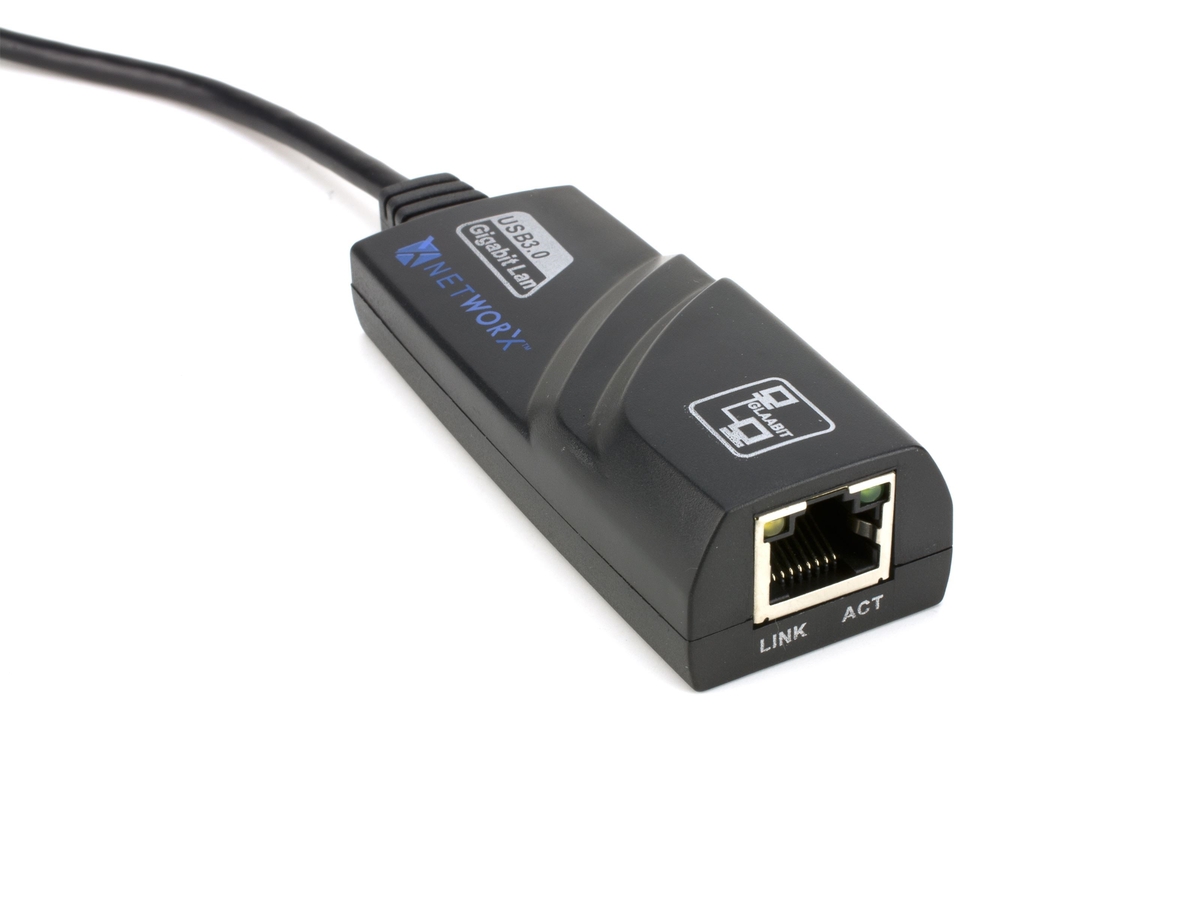
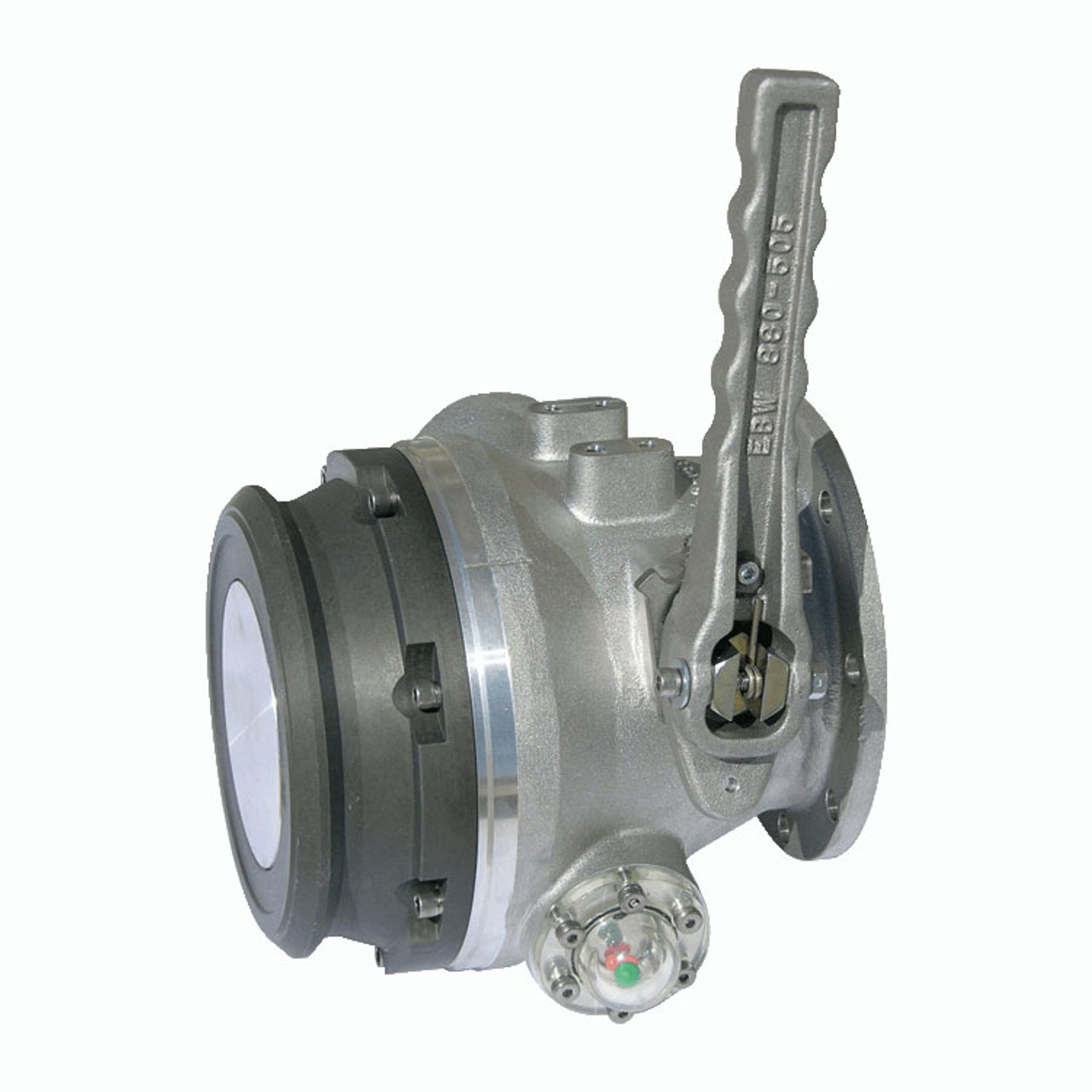
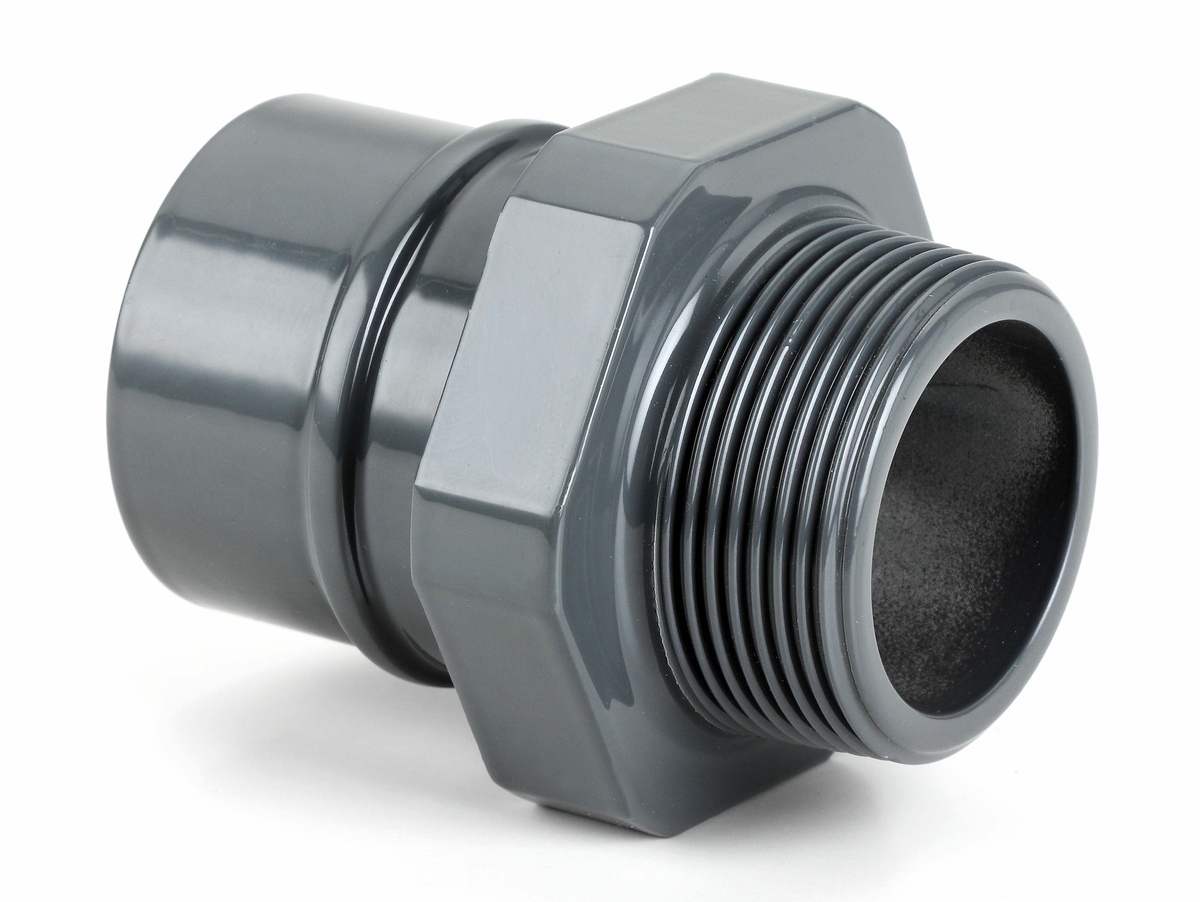
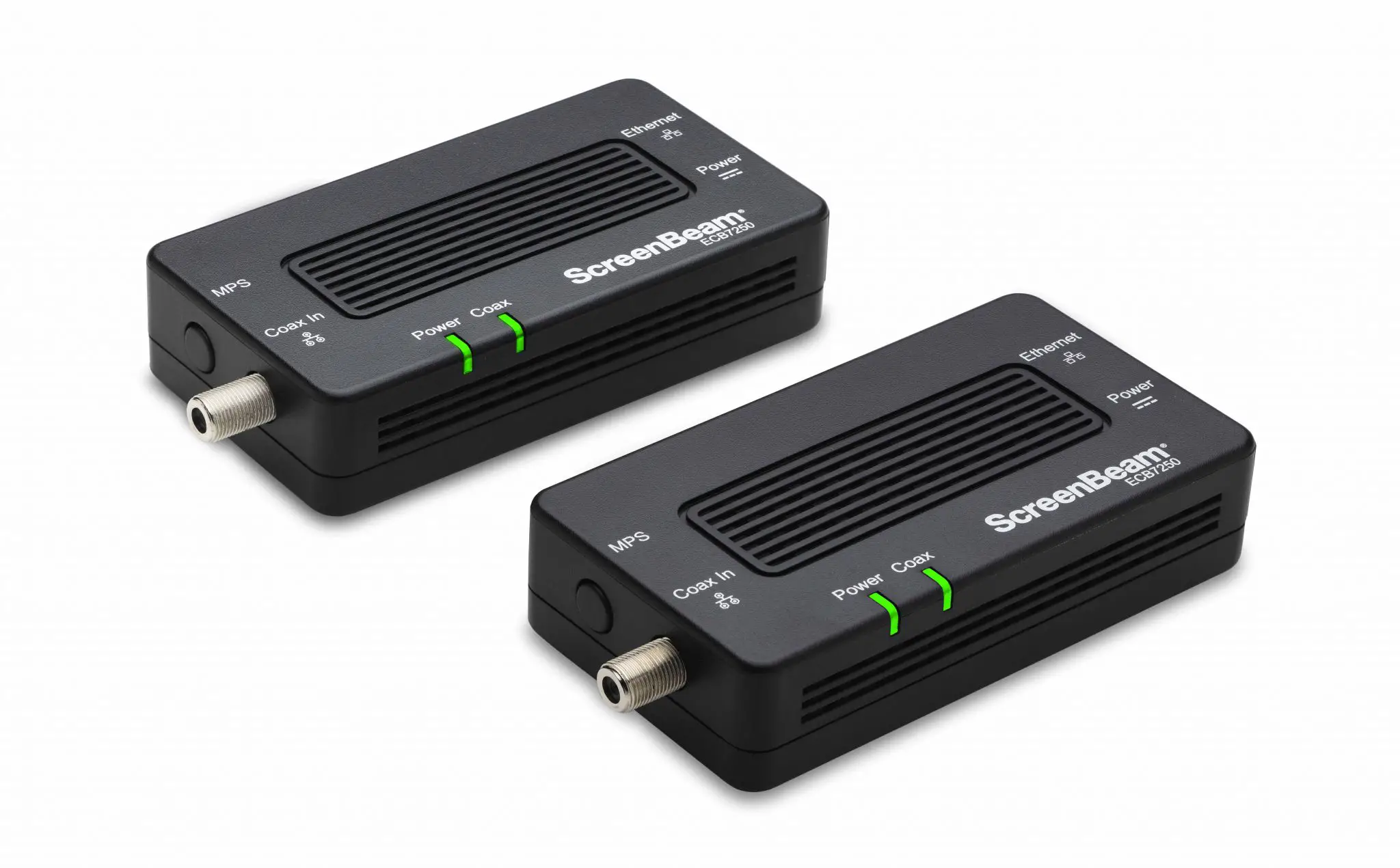
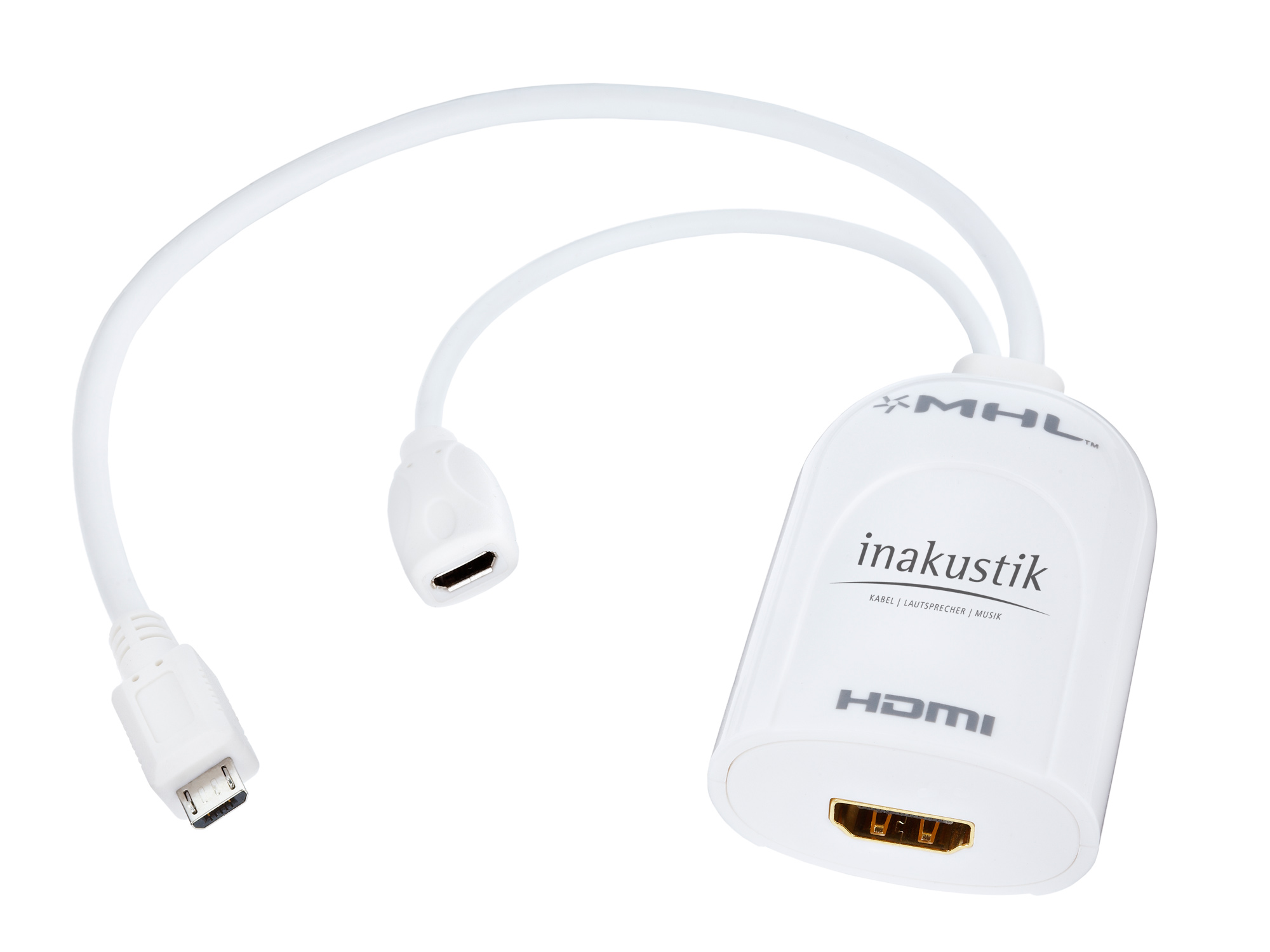
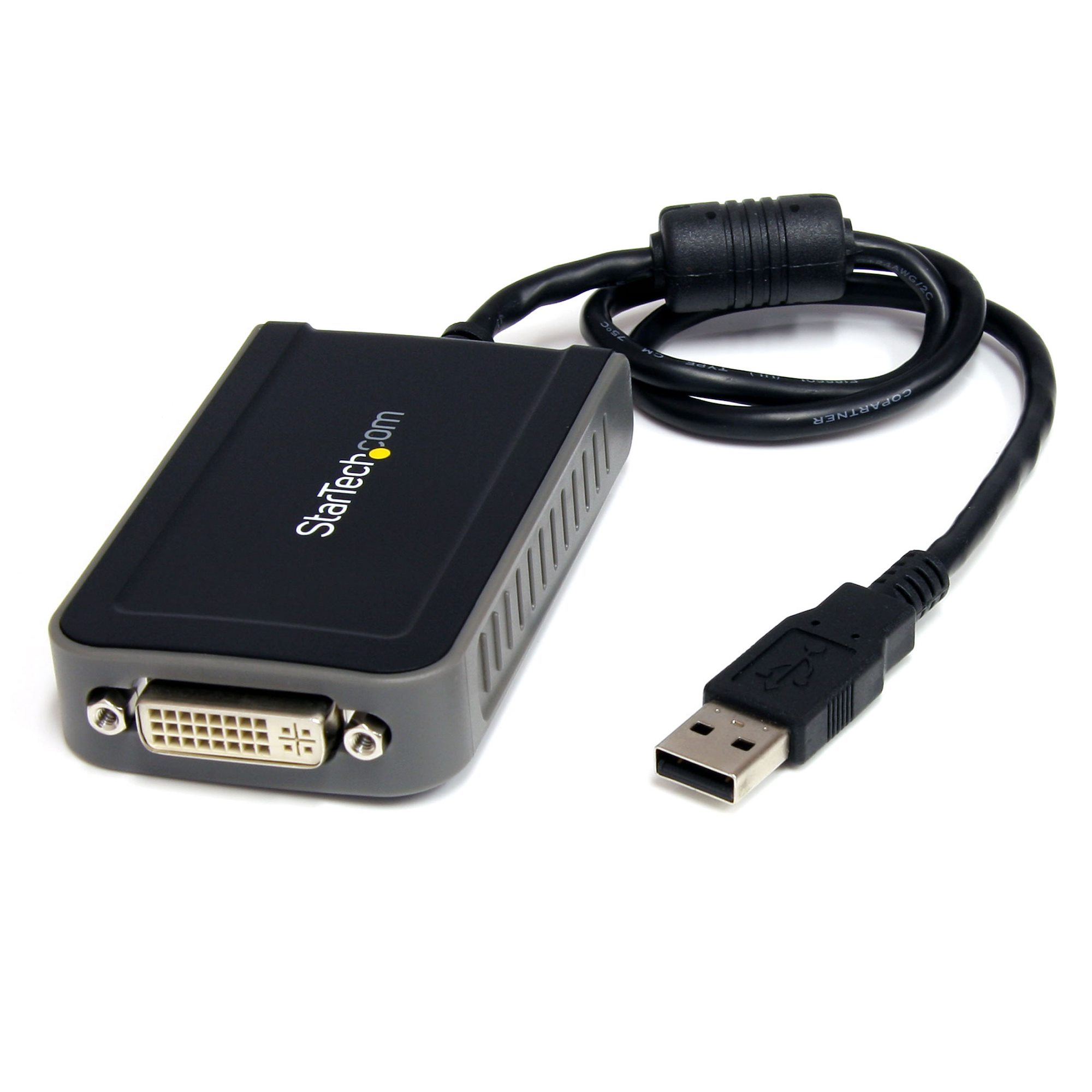
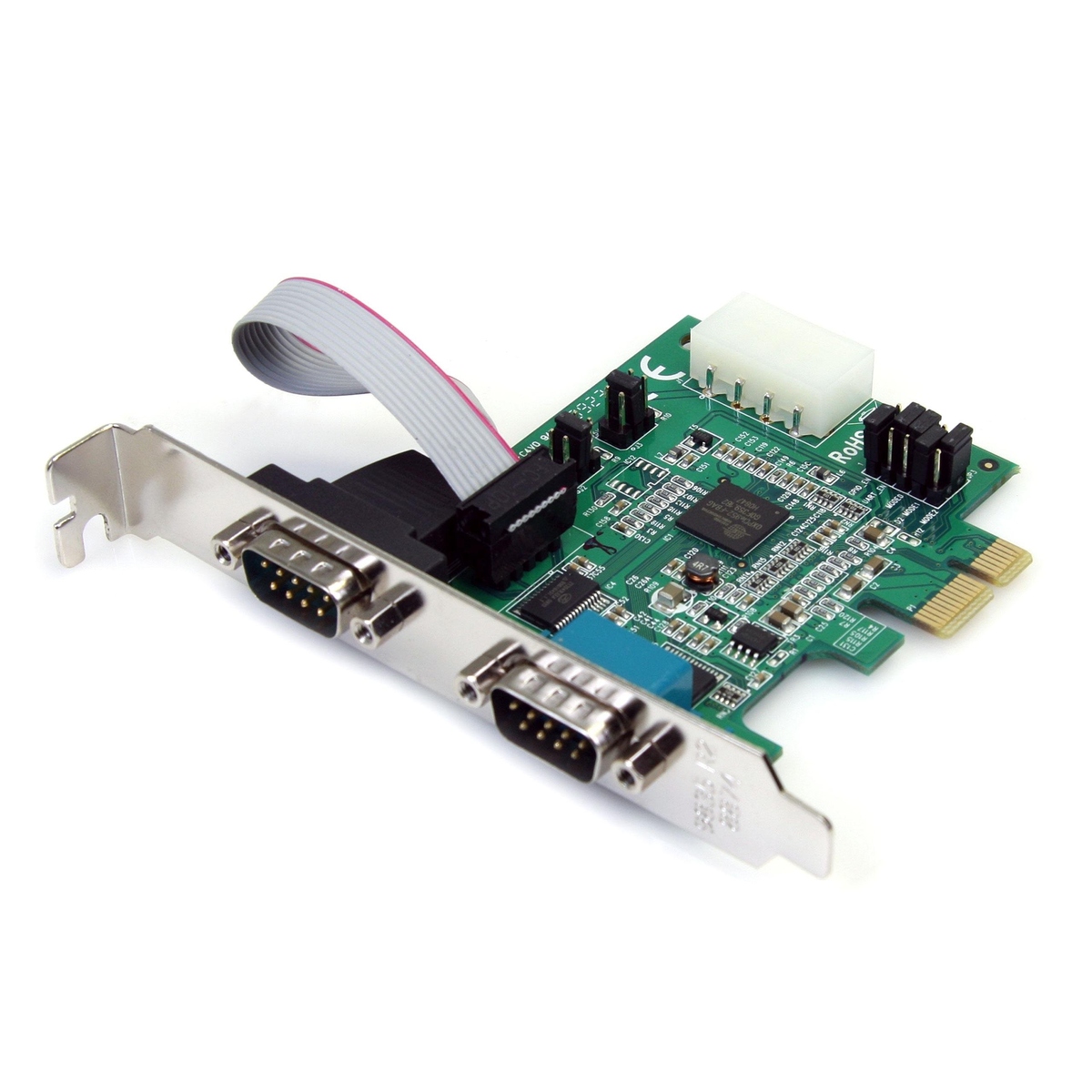
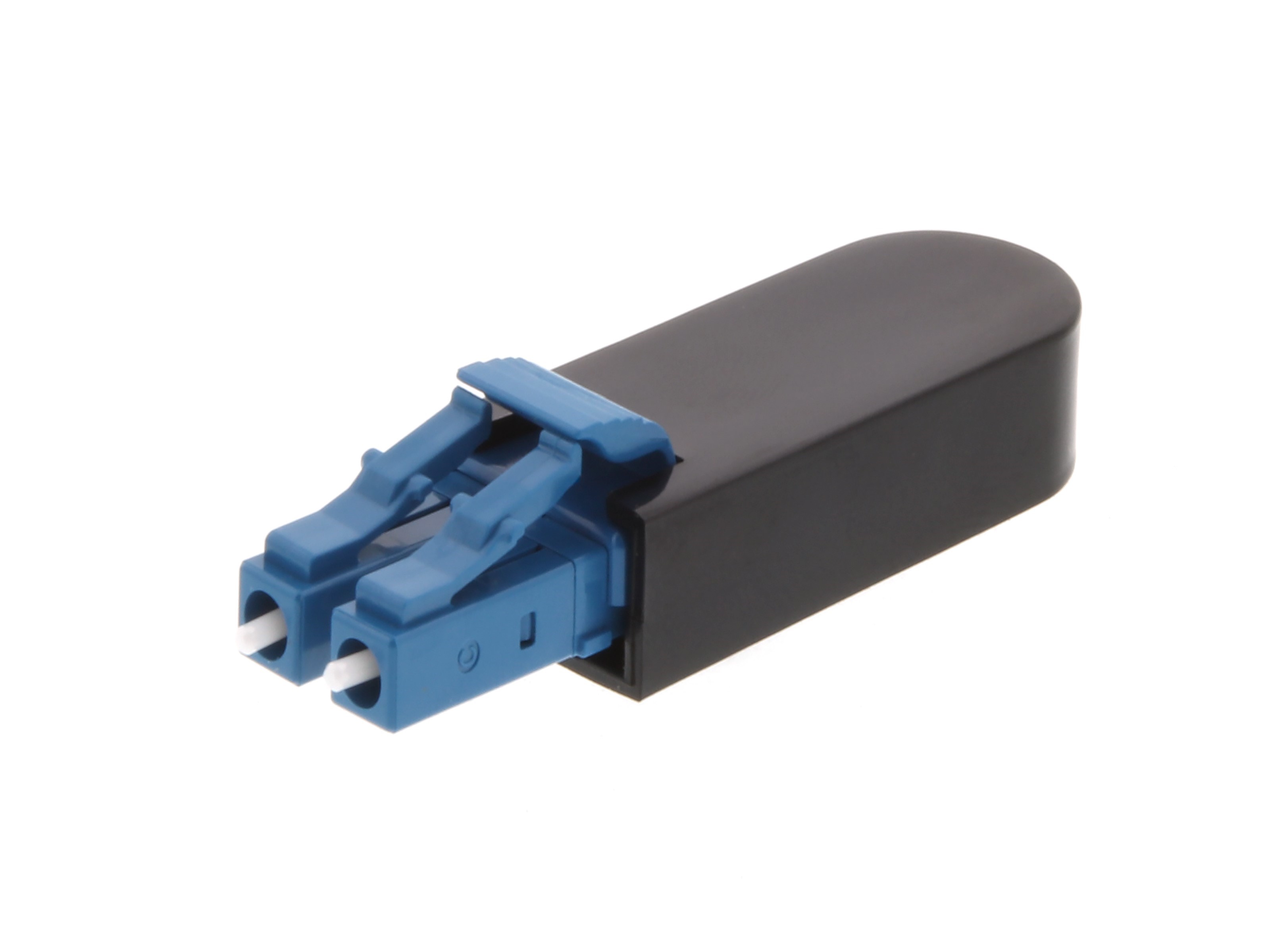
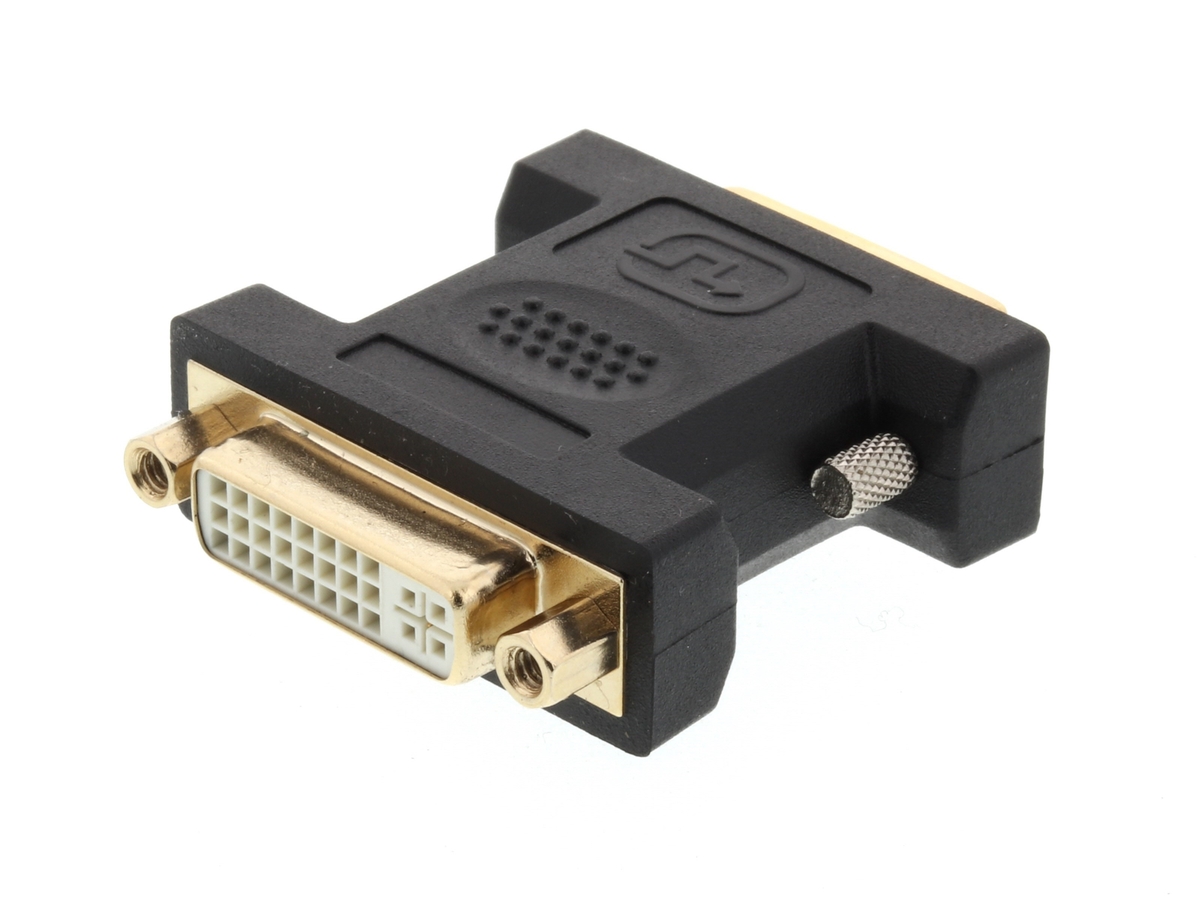
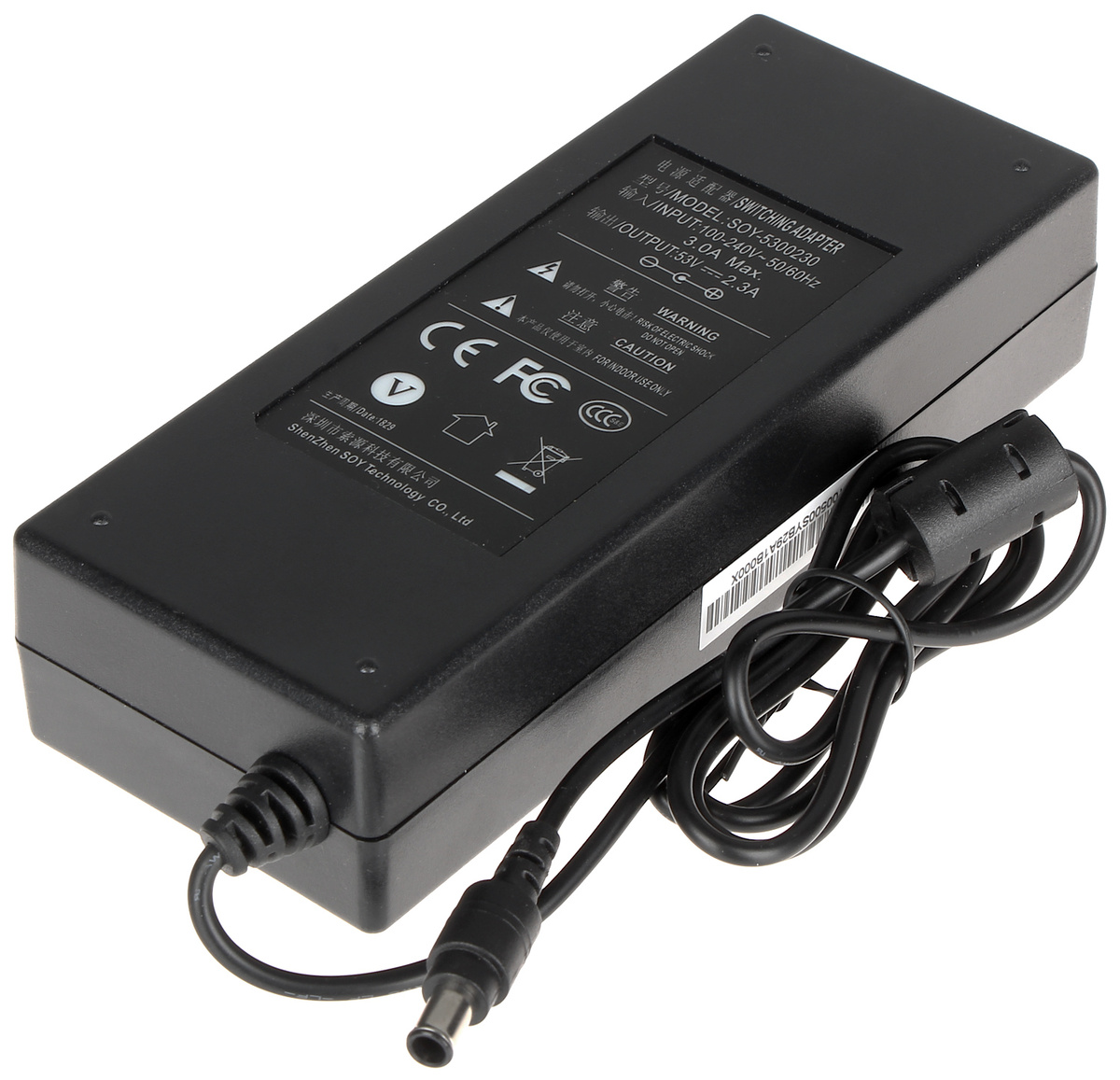
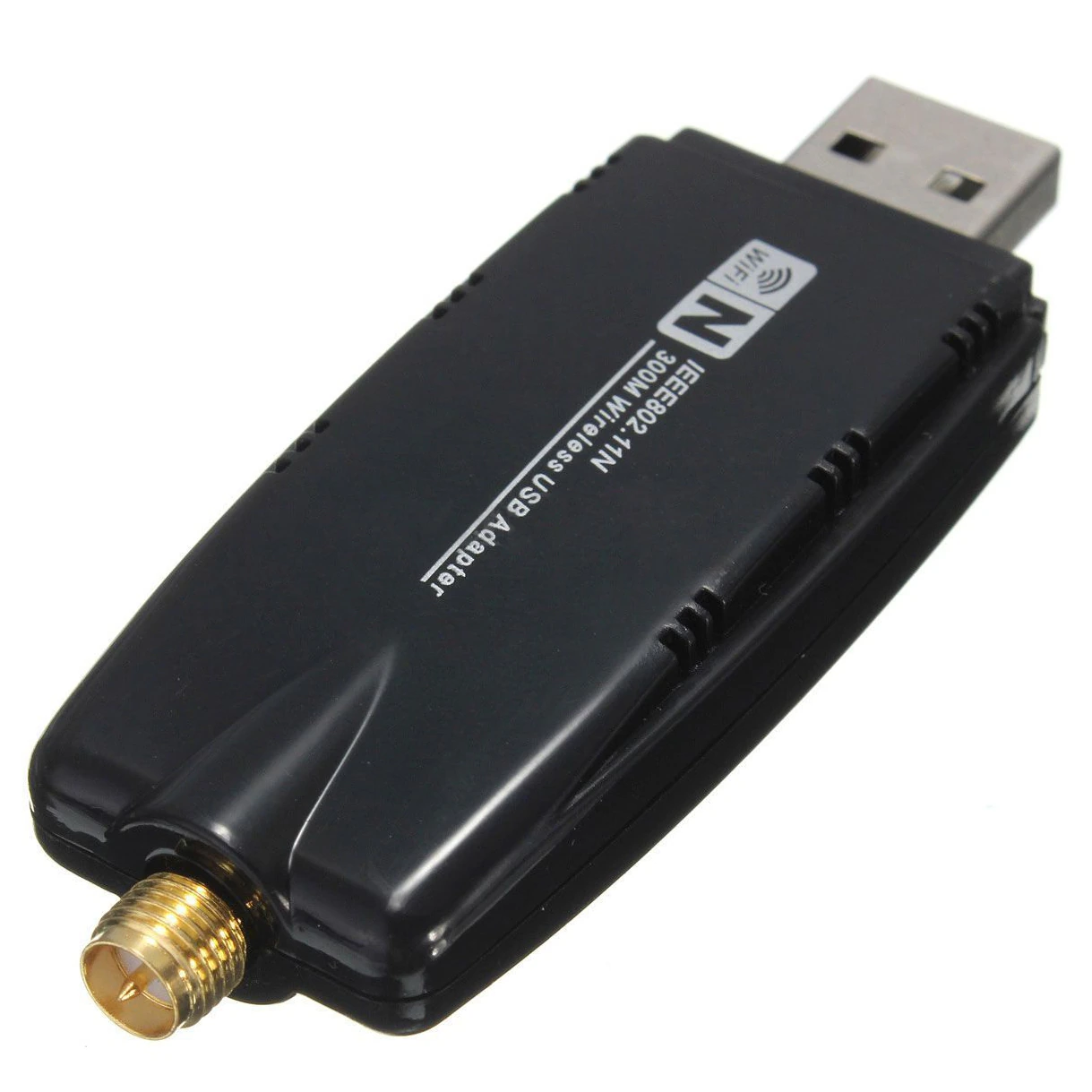

0 thoughts on “What Is A Trap Adapter”